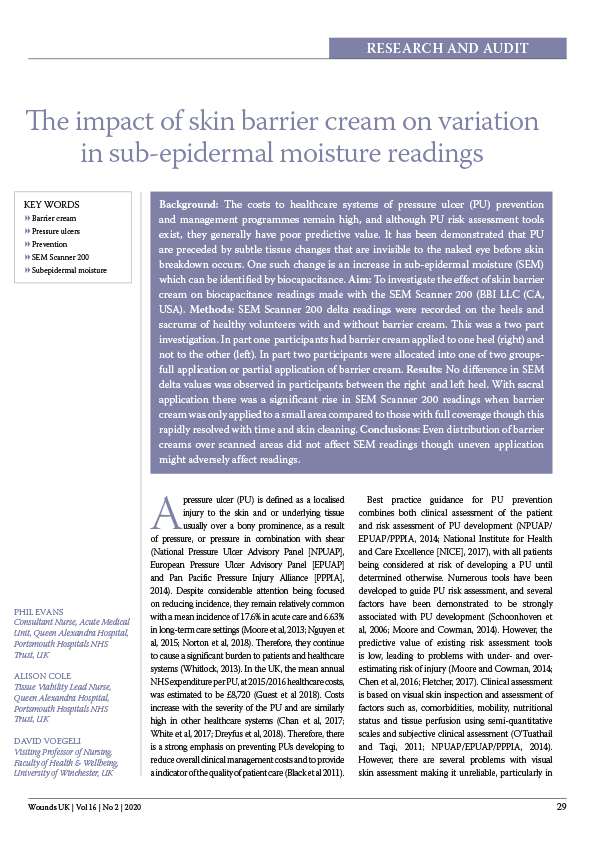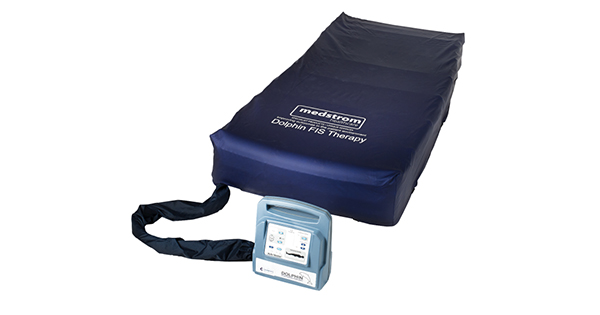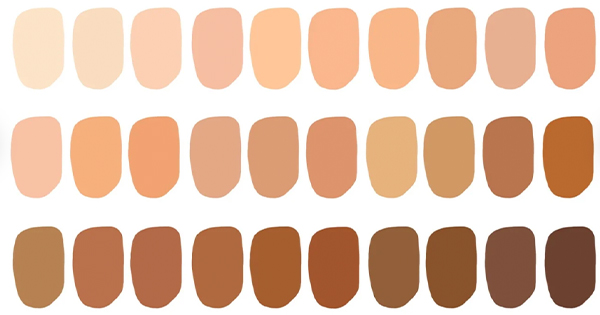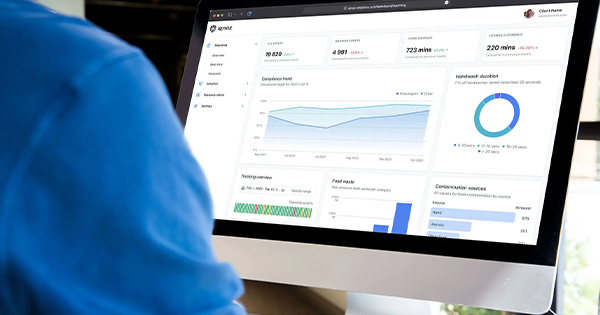Background: The costs to healthcare systems of pressure ulcer (PU) prevention and management programmes remain high, and although PU risk assessment tools exist, they generally have poor predictive value. It has been demonstrated that PU are preceded by subtle tissue changes that are invisible to the naked eye before skin breakdown occurs. One such change is an increase in sub-epidermal moisture (SEM) which can be identified by biocapacitance. Aim: To investigate the effect of skin barrier cream on biocapacitance readings made with the SEM Scanner 200 (BBI LLC (CA, USA). Methods: SEM Scanner 200 delta readings were recorded on the heels and sacrums of healthy volunteers with and without barrier cream. This was a two part investigation. In part one participants had barrier cream applied to one heel (right) and not to the other (left). In part two participants were allocated into one of two groupsfull application or partial application of barrier cream. Results: No difference in SEM delta values was observed in participants between the right and left heel. With sacral application there was a significant rise in SEM Scanner 200 readings when barrier cream was only applied to a small area compared to those with full coverage though this rapidly resolved with time and skin cleaning. Conclusions: Even distribution of barrier creams over scanned areas did not affect SEM readings though uneven application might adversely affect readings.





